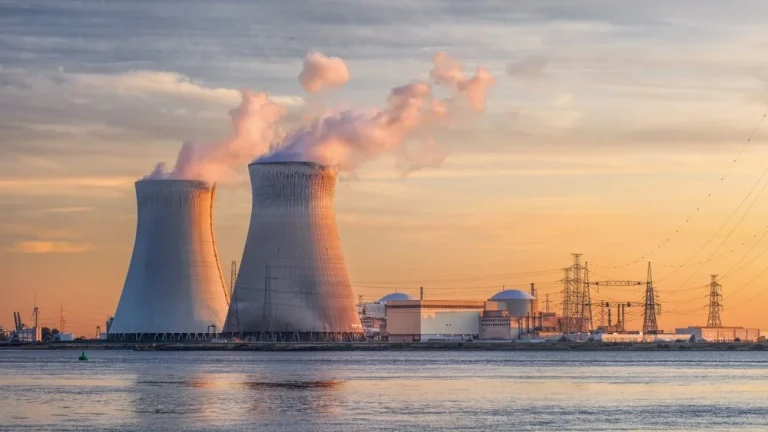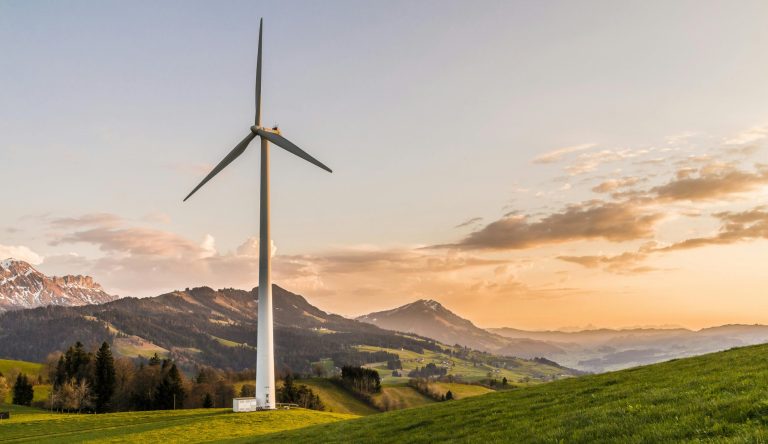Countries Return to Nuclear Power With Uncertainty
Our reminder of why nuclear power still remains a highly controversial topic, is happening right now in Zaporizhzhia, Ukraine. This is Ukraine’s largest nuclear power plant and right now it is under Russian occupation surrounded by intense ground combat. Due to fear of a meltdown catastrophe, it is in the process of being shut down. Despite this demonstration of nuclear risk, the war and its negative economic effects have persuaded several countries to keep nuclear power as part of their energy mix. The war in Ukraine is reviving global interest in nuclear power, since gas and oil shortages have reshaped energy markets and driven up fossil fuel prices. Countries like Japan, Germany, France, Britain and The United States are reconsidering their stance on nuclear power usage. Amidst the rising fossil fuel prices, leaders are considering building new nuclear power plants or delaying the closing of existing ones. Both Germany and Japan are under fire as both countries turned against nuclear power after the 2011 Fukushima meltdown. Despite Germany being against nuclear power until recent times, German policymakers are considering prolonging the life of three final nuclear power plants that had been scheduled to be shut down at the end of 2022. The reprieve would only be temporary. That means a year or two of using nuclear power to get through the current energy crisis — but it would still mark a significant policy reversal that has been a major focus of Germany political life since the 2010s. In late August, Japanese Prime Minister Fumio Kishida announced that the Japanese government is considering constructing new nuclear power plants with the goal of making them operational in the 2030s. The government may also extend the operational life of its current nuclear power plants. The prime minister also explained how he directed a government panel to look into how “next-generation nuclear reactors equipped with new safety mechanisms” can be used to help Japan achieve its goal of carbon neutrality by 2050. This council is expected to report back by the end of the year. Around 70% of French electricity is derived from nuclear power, and no other country produces more nuclear power. Today, nuclear energy earns the country more than €3 billion (US$3 billion) per year. Currently the nuclear energy industry in France is facing significant challenges. The 2022 summer heatwave has warmed the country’s rivers and lowered water levels, reducing the ability of its energy companies to use the water to cool nuclear reactors. This year France had to make half of the country’s nuclear reactors go offline. Many critics of current President Emmanuel Macron, accuse him of being inconsistent on nuclear policy as his views on nuclear power have shifted. He previously promised to reduce France’s reliance on nuclear energy, and in 2020 he managed to shut down a 42-year-old plant in Fessenheim. But in February this year, he shared his plans to build 6 new reactors (estimated cost of €50 billion). The first reactor should start operating by 2035. The United States, that doesn’t rely as heavily on Russian gas and oil, does not face the same economic consequences from the war. But even in the US nuclear power is getting a second look due to high energy prices. The Diablo Canyon plant – the state’s largest single source of electricity – was planned to be shut down by 2025. The sudden proposal passed by the state legislature early September could keep it open 5 years longer. Additionally, the plant’s owner, Pacific Gas and Electric (PG&E) was given a $1.4 billion loan. “There’s no connection between building nuclear power plants and dealing with the price spike caused by the loss of Russian gas,” since they take at least a decade to construct, said Tom Burke, the chairman of E3G, a climate think tank from London. Due to current circumstances – the war, climate change and energy shortage, multiple countries are changing and reconsidering their stance on nuclear power. Could this possibly be the start to a new era of energy supply? While that remains uncertain, what is certain is that many countries will start resorting to nuclear power to make up for insignificant energy. While it might not be a huge shift, it is a slight change in how we perceive nuclear energy. Decisions made today regarding nuclear power could have economic and environmental consequences for the following decades.
Countries Return to Nuclear Power With Uncertainty Read Post »


